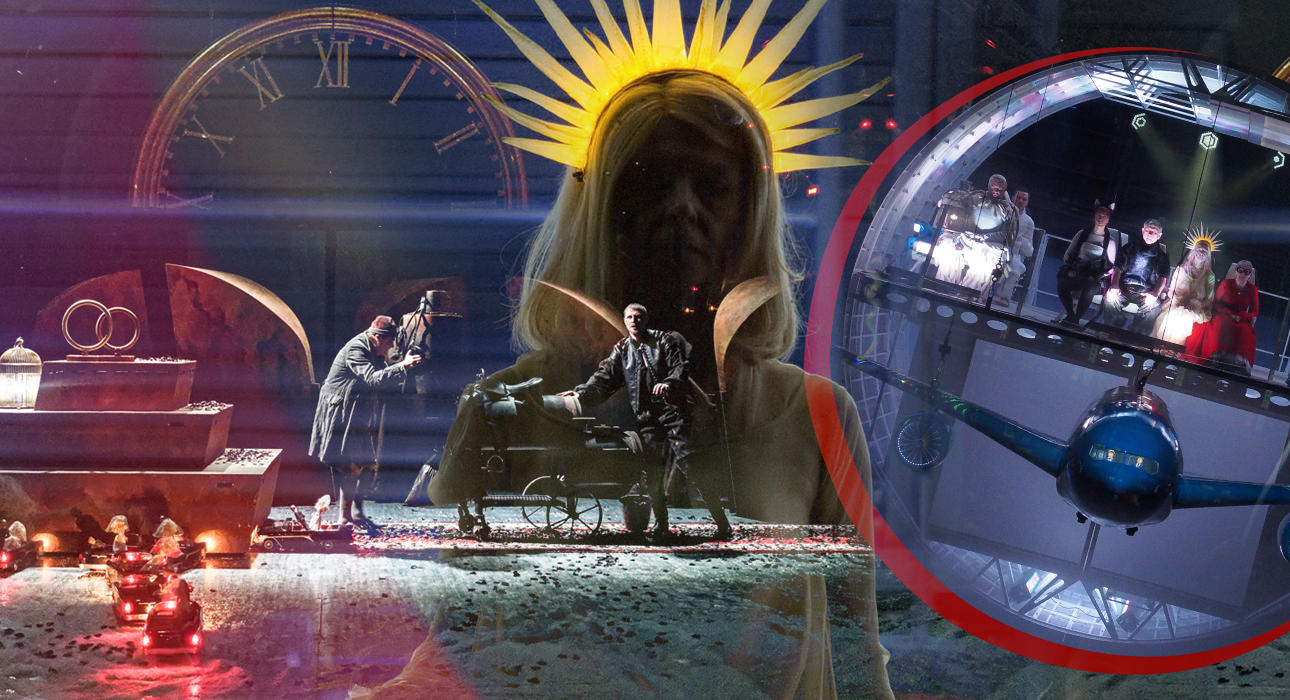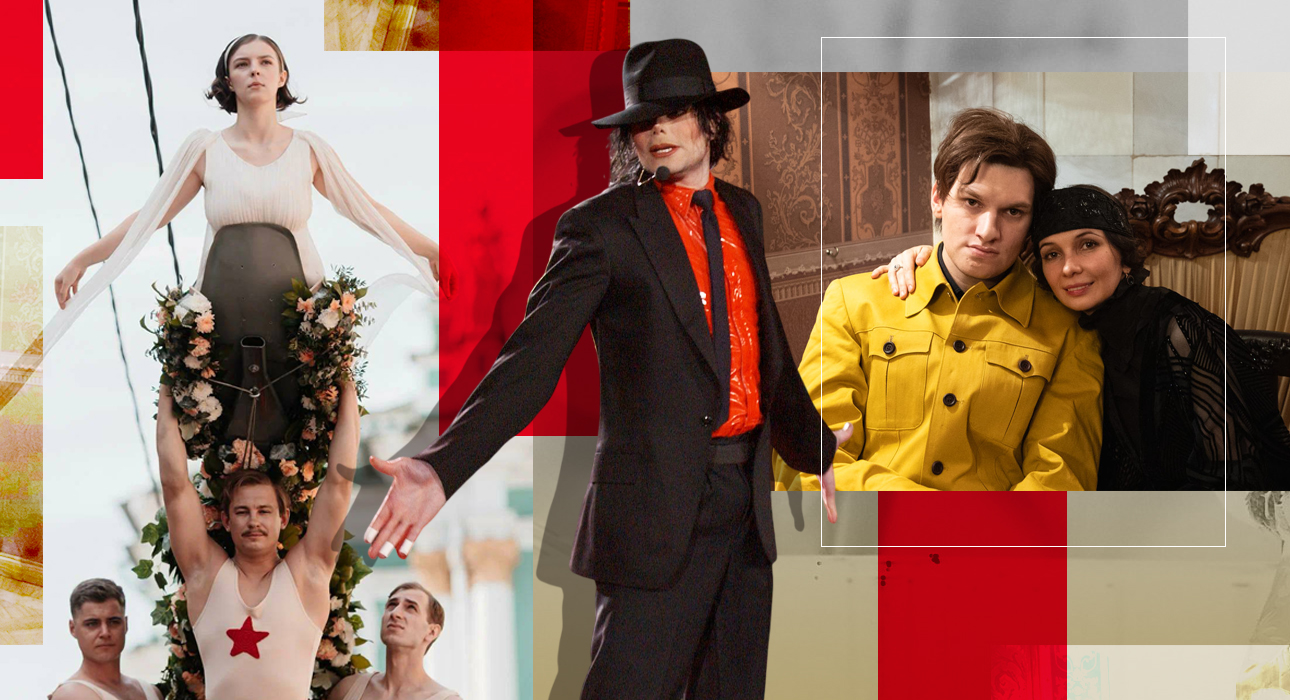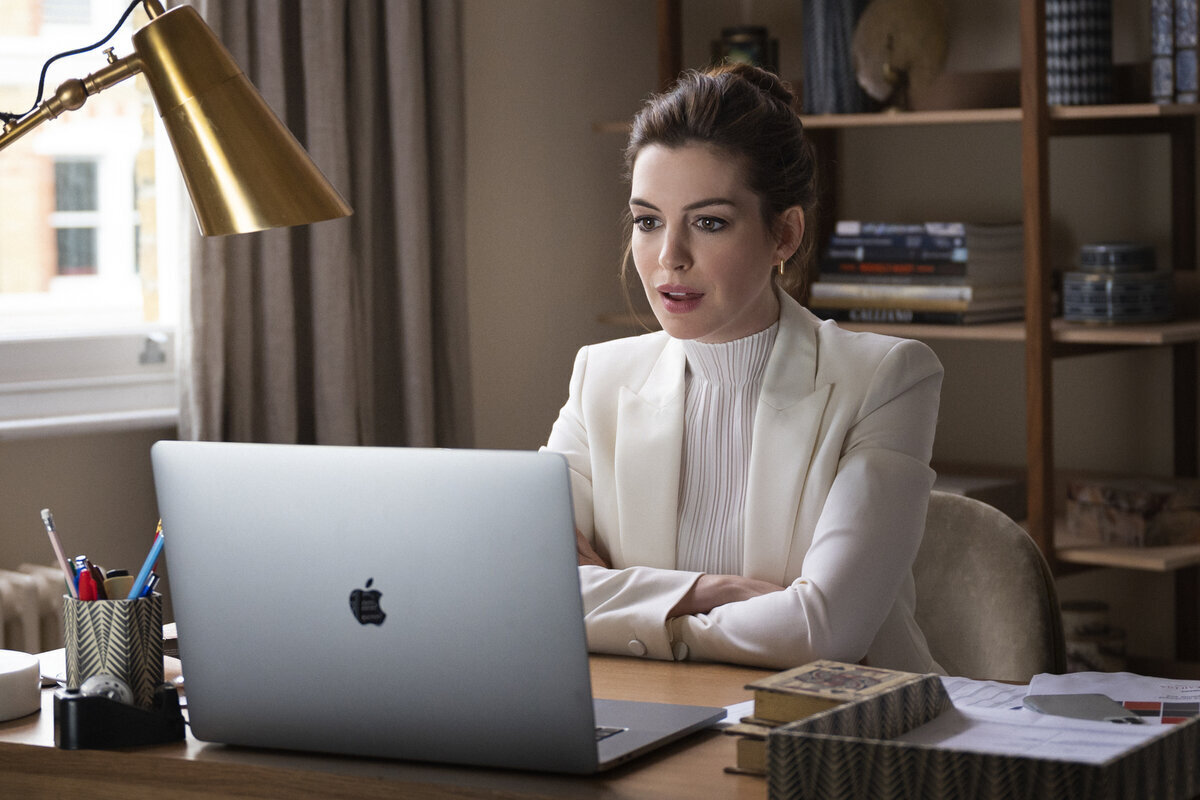According to an already established tradition, on New Year’s Eve the Electro Theater plays “The Blue Bird” based on Maeterlinck’s play and the memoirs of Aleftina Konstantinova and Vladimir Korenev.
The Blue Bird trilogy was made by Boris Yukhananov as a collection of various subjects: Maurice Maeterlinck, the history of Soviet art and society, and, finally, the most valuable and unique, the personal memories of actors Vladimir Korenev and Aleftina Konstantinova. Today, when Vladimir Borisovich Korenev is no longer alive, the performance takes on a different sound and meaning – a memorial service for the deceased artist, whose memory is preserved in the intonations and lyrics of his heirs, the artists of the Stanislavsky Electrotheater. He plays the immortal children Tyltil and Mytil.
The entire trilogy or each performance can be watched separately. Together with Electrotheater, we have put together 5 reasons why you should immerse yourself in the fantastic universe of the game.
Maeterlinck’s plan as a guide to invisible worlds
Maurice Maeterlinck’s play is a legendary “case” for Russian theater: it was staged by Konstantin Stanislavsky at the early Moscow Art Theater, and this performance has remained in theater history as a symbolist fantasy about dreams and memory. The 1908 production was supposed to be naive and simple, reminiscent of a child’s dream with its lightness and joy.
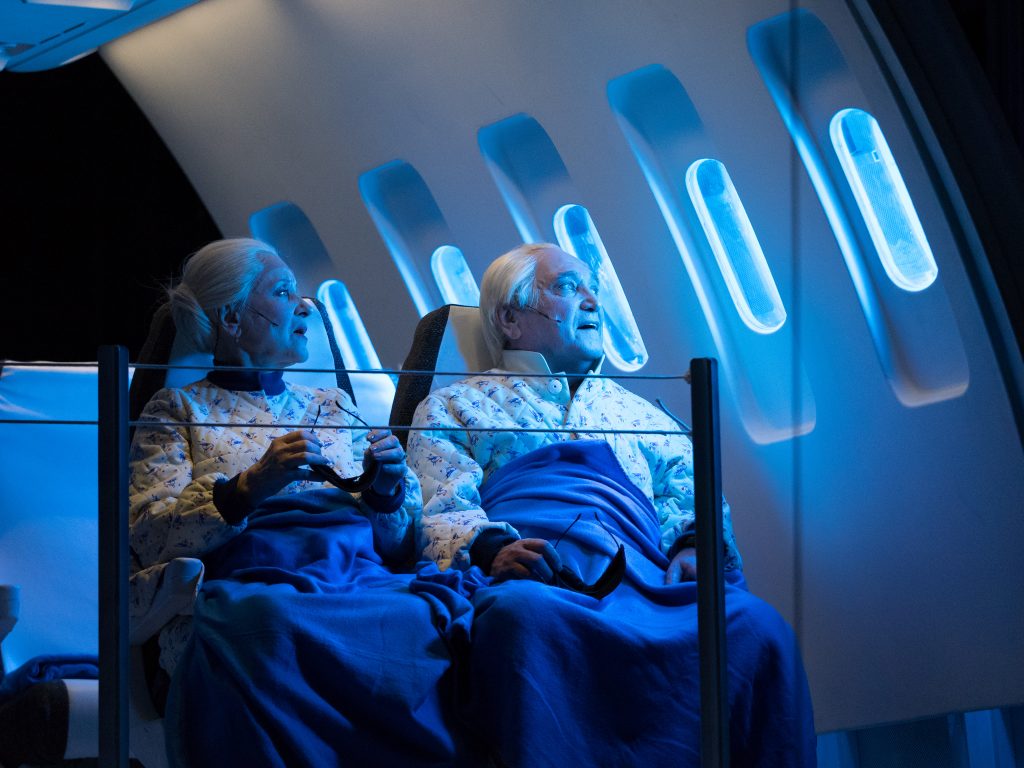
Boris Yukhananov’s performance is the director’s first work in the renovated Electro Theatre, which opened in Moscow in 2015 and has become the image of a unique venue where historical background meets the latest concept and gives a spectacular result.

Maeterlinck’s magical game turns out to be a guide to invisible worlds upon careful examination by Boris Yukhananov. The plot of Maurice Maeterlinck’s play is intertwined with the life story of legendary actors: those who played the eternal children of Vladimir Korenev and Aleftina Konstantinova. Yukhananov treats the text of the play, in which turning points in the fate of legendary actors are celebrated, as a structural basis, which is why in the play these two layers – the text of the play and the text of life – merge so easily.
Duration and scale
Trilogy “Blue Bird. Requiem” is one of the most crowded productions of Russian theater. A total of 80 actors take part in the play. The show consists of three evenings: “Journey”, “Night” and “Happiness” (in the finale, the children find it along with everyone who is looking for the blue bird). Each of the evenings is a separate performance can be viewed as.
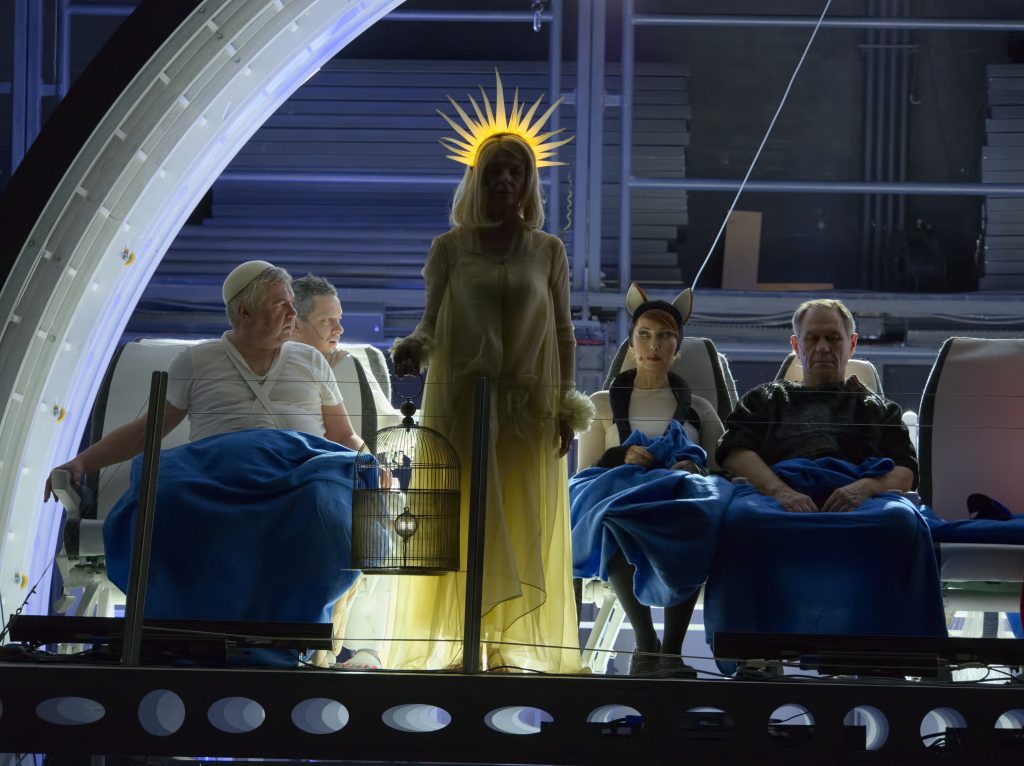
The first episode of “Blue Bird” is “The Journey”. The director places Tiltil and Mytil’s adventure between two different “childhoods”: childhood as a period of life and childhood as a state of soul purity that a person acquires throughout his life path.

The second part of “Blue Bird”, “Night”, is dedicated to theater, which has become a part of the actors’ lives and never leaves them. Aleftina Konstantinova and her stage companions not only remember old performances, but also reenact their fragments, as if trying to break into one of the rooms of their memories.
“Happiness”, the third episode of “Blue Bird”, takes us to our childhood. Tiltil and Mytyl’s adventure takes them into a colorful, fluffy world of happiness, where they compete with each other to rank the sweetest human pleasures.
Personal memories of the performance and the multi-figure legend
The material for the play (apart from Maeterlinck’s story about children from a poor family who journey to the end of the world on Christmas Eve to save the neighbor girl) was the players’ personal memories. Texts from Eugene Onegin and a number of historical references.
Costumes and set design
370 costumes were designed and sewn for the show. Artist Anastasia Nefedova has created a huge and extraordinarily diverse collection of theater costumes, from Tiltil and Mytil pajamas to Soviet-style Christmas tree ornaments.
The main elements of the scenario created by artist Yuri Kharikov: a “cutaway” part of the fuselage and spatial video graphics rich in visual allusions and symbols.

With the help of cunning technical devices and Buddhist calm stage workers, a theatrical Boeing turns into a flying carpet, a cinema screen, a ship deck, a “mirror” of divine wrath or a circus act.

Evgeniy Vinogradov’s videography, carefully integrated into the complex videography, combines the functions of the script, adding additional shots to a particular mise-en-scène and a special character taking on various mystical faces.
Noh Theater
The show contains elements of Noh theatre. The real master of this traditional Japanese theater, Kawamura Haruhisa, worked with the actors. Noh theater is a traditional form of theater where there are strict restrictions and rules and therefore a strict ritual, originating in the 14th century thanks to two Japanese actors. In Noh theater there should always be 4 actors and a chorus, masks should be used, men should play female roles, a 6 x 6 meter cypress playing area should be provided for the play and a coded “sign language”) and jugs with jugs underneath it for acoustics. Since the rigor of the execution and the precision of meaning have been preserved for centuries, the spectator familiar with the internal code always knows what awaits him and how this ceremony will take place.
While working on it, the actors went through several rehearsal stages with the master of Noh theater, Kawamura Haruhisa, who is the representative of the Kyoto Noh school of the Kawamura clan, and thus had the opportunity to meet and master it. The basics of this theatrical technique, elements of which are incorporated into the performance as a style, as a language necessary to characterize characters and create a mystical atmosphere of action.
Source: People Talk
Errol Villanueva is an author and lifestyle journalist who writes for The Fashion Vibes. With a passion for exploring the latest trends in fashion, food, travel, and wellness, Errol’s articles are a must-read for anyone interested in living a stylish and fulfilling life.

